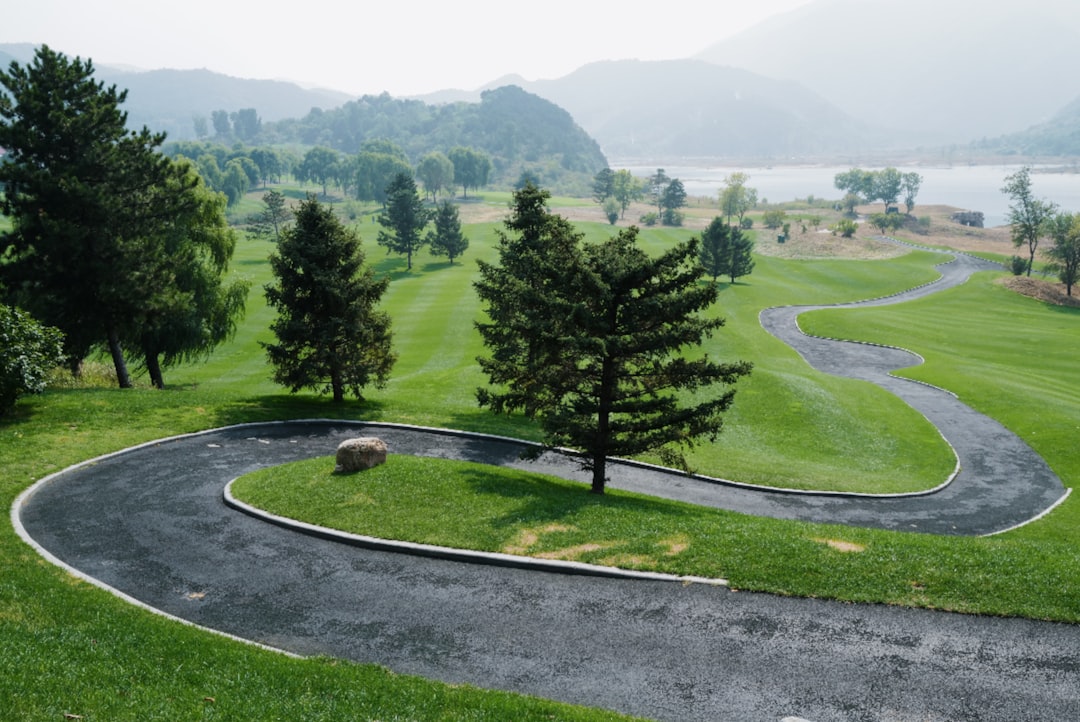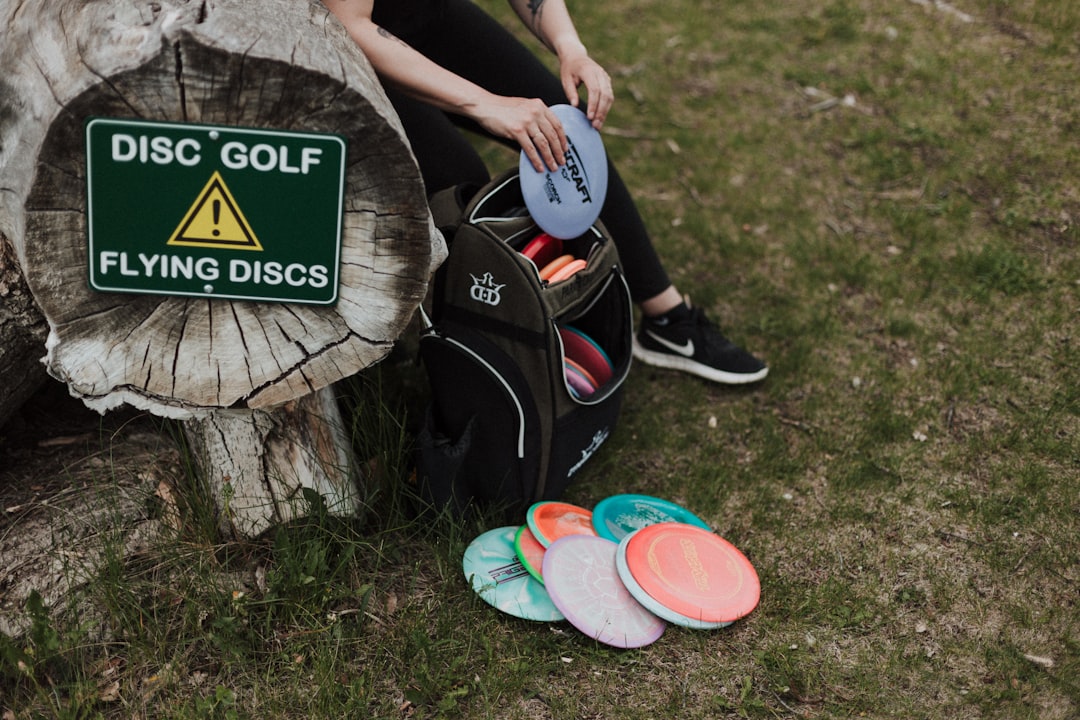Disc golf has rapidly grown from a niche sport to a globally recognized game with a strong community, dedicated courses, and even professional tournaments. As more people take interest in the game, newcomers and developers alike often ask a fundamental question: how many holes does a standard disc golf course have?
TL;DR: Most traditional disc golf courses have 18 holes, mirroring traditional ball golf. However, many courses feature 9, 21, or other custom layouts depending on available land, budget, and intended use. While 18 holes is the norm, the actual number varies widely across different courses, especially in parks or casual play settings.
What Is a “Hole” in Disc Golf?
In disc golf, a “hole” refers to an individual play unit consisting of a tee area, a fairway, and a basket (also known as a target or pole hole). The goal is to complete the hole in as few throws as possible, starting from the tee pad and finishing by getting the disc into the basket.
Each hole has a designated length and par rating, and all holes on a course are typically labeled sequentially—Hole 1, Hole 2, etc. This structure makes it possible to combine multiple holes for a full round of play, making the total number of holes critical for both course design and gameplay.
Standard Hole Counts in Disc Golf Courses
While disc golf courses can technically have any number of holes, certain standards have emerged over time. These standards serve both recreational and competitive needs and contribute to consistency across the sport.</
1. 18-Hole Courses (The Standard)
The most common layout for a disc golf course is 18 holes, mirroring the tradition set by ball golf.
- Recreational and professional appeal: Offers a complete, challenging experience suitable for casual and competitive play.
- Suitable for tournaments: Many PDGA (Professional Disc Golf Association)-sanctioned events require 18-hole configurations for standard tournament play.
- Well-balanced challenge: Provides enough variety in distance, terrain, and obstacles to engage players of varying skill levels.
This configuration usually covers anywhere from 40 to 80 acres of land, depending on course design and terrain complexity.

2. 9-Hole Courses (Casual and Space-Conscious)
Smaller parks or schools often feature 9-hole disc golf courses. These provide an accessible introduction to new players without requiring extensive land or budget.
- Quick play: A round can often be completed in 30–45 minutes.
- Ideal for practice: Many experienced players use 9-hole courses to sharpen skills or introduce newcomers to the game.
- Expandability: Some 9-hole courses are designed with potential for future expansion into an 18-hole layout.
3. 21, 24, or Even 27 Holes (Extended Courses)
Some disc golf courses, especially in tournament-oriented or enthusiast-reserved areas, go beyond the standard 18 holes.
- Designed for multi-round play: Courses with more than 18 holes can accommodate larger tournaments or offer flexibility in play.
- Local flair: Some communities take pride in offering unique or extra-challenging layouts.
- Rotating layouts: These extended courses often have sections that are rotated or selectively closed to maintain conditions or diversity.
For example, a popular tournament course might have 24 rotating holes that organizers select based on weather or number of participants.
Hybrid and Modular Layout Courses
Another solution increasingly adopted, especially in urban settings, is the hybrid or modular disc golf course. These are often:
- Multi-use parks: Disc golf integrates into existing city parks with shared paths or green spaces.
- Rotating tees/pins: A single basket may serve multiple tee pads to create a faux “multi-hole” effect.
- Seasonal variations: Layouts might change across seasons to suit community needs or maintenance schedules.
Such setups allow for 6, 12, or even an odd number like 15 holes, depending on land use rights or park constraints.
The Role of PDGA Standards
The PDGA plays a significant role in setting course standards. According to its Course Design Guidelines, PDGA-approved courses typically follow certain minimum requirements depending on their classification: Recreational, Intermediate, Advanced, or Championship.
Understandably, a recreational 9-hole course will differ greatly from a championship-caliber 18-hole setup in difficulty, length, and amenities like signage, benches, or multiple tee pads.
What Influences the Number of Holes in a Course?
So, why does the number vary so much among disc golf courses? Here are a few key factors:
- Available land: Larger tracts accommodate 18 or more holes. Small urban areas might only fit 6 or 9.
- Budget constraints: Building and maintaining baskets, signage, and landscaping add up.
- Target audience: Parks aiming to engage youth or families might prefer shorter, 9-hole courses.
- Purpose of the course: Casual recreation, professional training, or tournament hosting?

Temporary and Pop-Up Courses
Pop-up disc golf courses are increasingly common for festivals, events, and temporary installations on farmland or unused land tracts. These may feature any number of holes—7, 12, or even 36. These experimental layouts can also serve as test beds for permanent courses in development.
How to Find Out How Many Holes a Specific Course Has
Curious about a particular course? The best sources are:
- UDisc App: A leading disc golf app with a searchable directory, maps, and reviews.
- Local park websites: Many municipal recreation departments document course lengths and features.
- PDGA Course Directory: Maintains official listings and ratings for registered courses worldwide.
Course listings typically include hole count, average par, length, and notes about permanent or seasonal layouts.
Conclusion: There’s No One-Size-Fits-All
While 18 holes remain the gold standard in disc golf course design, the sport encourages creativity and adaptability. Whether you’re playing on a tightly packed 9-hole course in your local park or exploring a vast 27-hole championship venue, the spirit of the game remains the same.
As cities reevaluate use of shared public space and interest in disc golf continues to rise, it’s fair to expect even greater variation in course sizes and formats. What truly matters is not the number of holes—but the quality of play and community it fosters.

